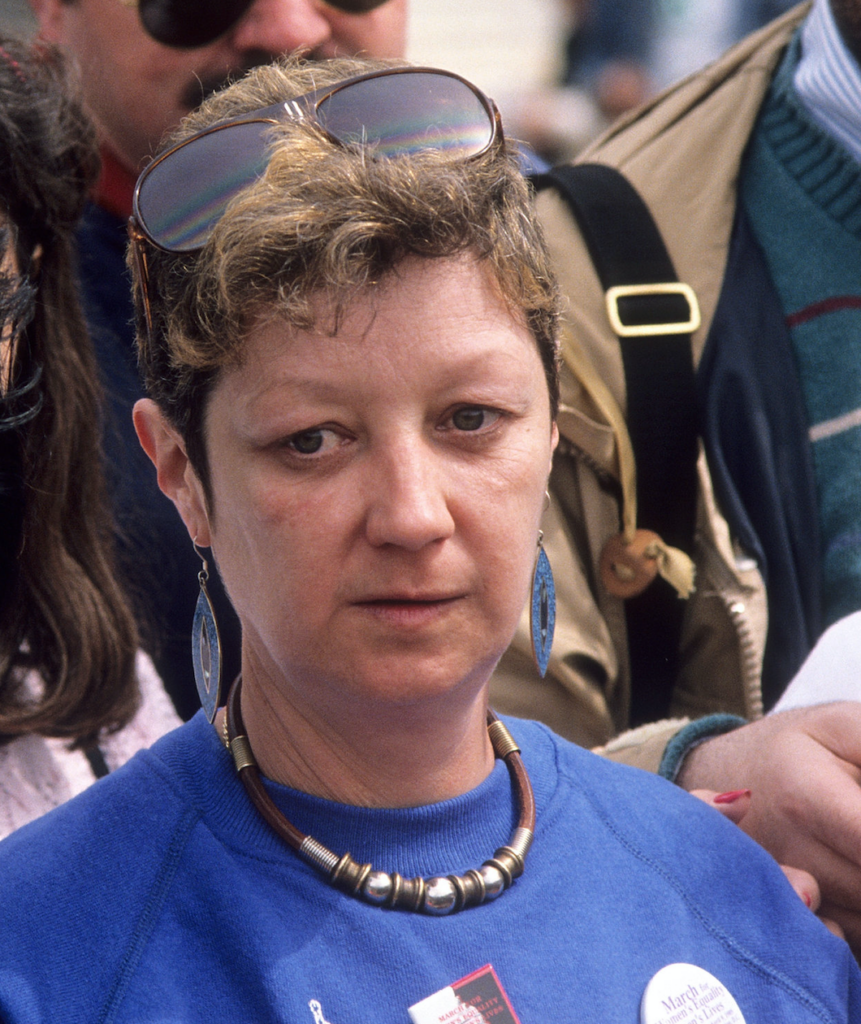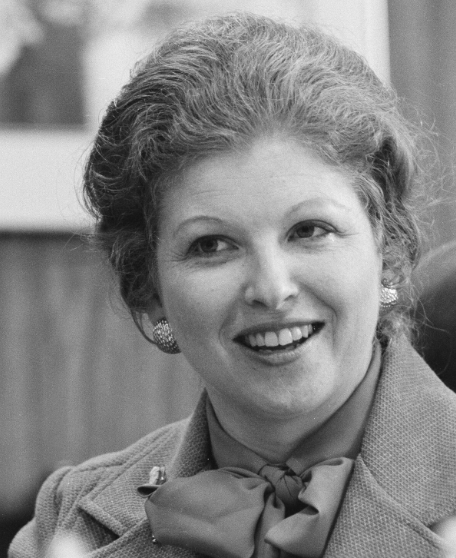
Before 1973, Article 1191 of the Texas Penal Code sets forth a punishment of two to five years for “Any person who would procure an abortion for a pregnant woman by, 1) designedly administering … any drug or medicine, 2) knowingly procuring to be administered … any drug or medicine, 3) using towards her any violence or means whatever externally or internally applied [1].” Texas citizens were banned from receiving an abortion and doctors were banned from administering an abortion under the threat of a prison sentence. This was the law that was challenged and ruled unconstitutional in US Supreme Court Case Roe v. Wade.
The story of Roe v. Wade starts with two lawyers, Sarah Weddington and Linda Coffee. The two women were already seeking to bring a case to the Texas court about challenging the abortion law. All they needed was the right plaintiff. Their original plaintiff wasn’t “Jane Roe” but instead was a young married couple. The woman had neurochemical disorder was considered medically unfit to raise children. The couple was not pregnant, but wanted the right to a legal abortion should it become necessary. However, Weddington was unsure if the couple would work as plaintiffs in the case [2, page 39]. Firstly, abortion was allowed in Texas if it was deemed necessary to save the mother’s life. A judge could rule the abortion medically necessary due to the women’s neurochemical disorder, and grant the couple a right to an abortion, without ever changing the law in Texas. And second, the couple was not pregnant at the time, thus it could be said that they had no standing to bring the case to court, and the suit would be dismissed. In Weddington’s own words, they “needed to find a pregnant Texas woman who wanted an abortion and would be willing to be a plaintiff.” [3, page 53]

Enter Norma McCorvey, the women who would come to be known as “Jane Roe.” Norma McCorvey was born in Louisiana, and later moved to Texas. By this time Norma had already given birth to two children, who had been given up for adoption, and was pregnant with a third. She did not want the child and claimed the pregnancy made her both depressed and unemployable [4]. Norma was the ideal plaintiff as she was, young, poor, white and wanted an abortion for personal reasons, not medical.
In 1970, Weddington and Coffee filed a lawsuit in the U.S. District Court for the Northern District of Texas on behalf of McCorvey under the legal pseudonym “Jane Roe.” The defendant for this case was Dallas County District attorney Henry Wade, and thus Roe v. Wade officially began. The case was heard by a panel of three judges; two district judges, Sarah T. Hughes and William McLaughlin Taylor Jr, and one circuit court judge, Irving Loeb Goldberg. The judges ruled unanimously in favor of McCorvey, finding that the Texas law was unconstitutional as it violated the right to privacy. However, the panel of judges refused to grant McCorvey an injunction [5]. An injunction is a judicial order that restrains a person from beginning or continuing an action threatening or invading the legal right of another. The DA Henry Wade said he would continue to prosecute people who chose to get an abortion in Texas, and since the court did not order an injunction against him, he was free to bring a legal case against McCorvey should she go through with the abortion, which would cost her significant money and stress. As such McCorvey ended up having the child, who would be given up for adoption [4].
Both sides filed for an appeal of the decision, Wade because the Texas law was deemed unconstitutional and Weddington because of the lack of injunction, which prevented McCorvey from getting an abortion. The case was on its way to the Supreme Court.
The Supreme Court chose to hear the case in order to reevaluate the precedence set by two previous rulings. The first ruling was a ruling in 1971, United States v. Vuitch. This case considered the law of DC, which banned abortion except when the mother’s life or health was endangered. This case ruled that the word “health” in the DC law was not unconstitutionally vague, and upheld the DC law as constitutional. However, in Justice William O. Douglas dissent, he argued that abortion fell under the right to martial privacy and the limitation of family size. He also challenged the majority opinion of the vagueness of “health” stating that health could include the stigma of having an illegitimate child, anxiety from an unwanted pregnancy, the physical work of raising a child, the financial burden of children [6]. The second case was Younger v Harris. This case set a precedent which limited the occasions in which the Court could intervene in state’s prosecutions in First Amendment cases. The ruling essentially said that the federal government could not intervene to prevent state prosecution, as it was not in their jurisdiction. The court chose to hear Roe v. Wade as they assumed it would be an extension of Younger v. Harris and establish that the court did not have jurisdiction to stop Texas from prosecuting people who chose to have abortions [7].
However, when Roe v. Wade was argued in court, Weddington argued not for the jurisdiction of the Supreme Court to stop the prosecution of women seeking abortion in Texas, but that the Texas ban on abortions itself was unconstitutional. She argued that the Supreme Court did have jurisdiction to deem laws unconstitutional and overturn them. Jay Floyd, now acting as the lawyer for Wade, spent considerable time arguing that the case should be dismissed as Roe did not have the standing to bring the case to court because by the time the case reached Washington, as she had given birth and no longer needed an abortion.
On January 22, 1973, the Supreme Court issued a 7-2 decision in McCorvey’s favor, deeming the Texas law unconstitutional and ruling that the Due Process Clause in the 14th amendment of the US protected a fundamental “right to privacy” protecting a women’s right to get an abortion [1].
It is interesting how memory has transformed Roe v. Wade over time. Through most in America know the name and the ruling of the case, hardly anyone knows the history behind it. Norma McCorvey, the lawyers Sarah Wedding and Linda Coffee, or DA henry Wade are not well known or even connected to Roe v. Wade in collective memory. This site can serve as a kind of commemoration to the actual people who were involved in the case. Roe v. Wade also set an important precedent for the US. Precedents in law represent the process of the ongoing revision of rights, where precedents are either upheld and built upon or changed. That ongoing revision is a kind of processual memory, that represents how the laws and even the values of the country changed over time.
By: Mytri Vunnam
Works Cited
[1] “Roe v. Wade.” Oyez, www.oyez.org/cases/1971/70-18. Accessed 21 Apr. 2023.
[2] Faux, Marian. Roe v. Wade: The Untold Story of the Landmark Supreme Court Decision That Made Abortion Legal. Cooper Square Press, 2001.
[3] Higgins, Melissa, and Joseph W. Dellapenna. Roe v. Wade: Abortion and a Woman’s Right to Privacy. ABDO Pub., 2013.
[4] Solly, Meilan. “Who Was Norma McCorvey, the Woman behind Roe v. Wade?” Smithsonian.com, Smithsonian Institution, 24 June 2022, https://www.smithsonianmag.com/smart-news/who-was-norma-mccorvey-the-woman-behind-roe-v-wade-180980311/.
[5] Prager, Joshua. “The Untold Dallas Origins of Roe v. Wade.” D Magazine, 27 Feb. 2023, https://www.dmagazine.com/publications/d-magazine/2022/january/the-untold-dallas-origins-of-roe-v-wade/.
[6] “United States v. Vuitch.” Oyez, www.oyez.org/cases/1970/84. Accessed 20 Apr. 2023.
[7] “Younger v. Harris.” Oyez,www.oyez.org/cases/1970/2. Accessed 21 Apr. 2023.
This is a great entry talking about the history of the case. On a personal note, I had never understood the whole entire complexity of the case and the surrounding cases. For example, I didn’t know that United States v. Vuitch was a case, nor did I understand how far back the abortion argument went, past Roe v. Wade. On question, what does the history look like today? Why do most people not know the whole story?
This is a fantastic post that brilliantly lays out the history of the Roe v Wade case. It is interesting to go through the background of the case in chronological order and how Norma McCorvey wasn’t even the original plaintiff in mind for Wedding or Coffee. It also provides context to each law and decision made in the case and I also agree how fascinating it is how much the memory behind abortion has changed in the United States. This is a well laid out post that explores each intricate detail of the case that took place 50 years ago.
I didn’t realize that the Roe v Wade case had been sought out by the lawyers specifically to change abortion laws in Texas. I think it’s also interesting that they case was won by Roe on the grounds of a right to privacy, but most pro choice activists argue for abortion rights on the ground of autonomy. Thank you for posting this!